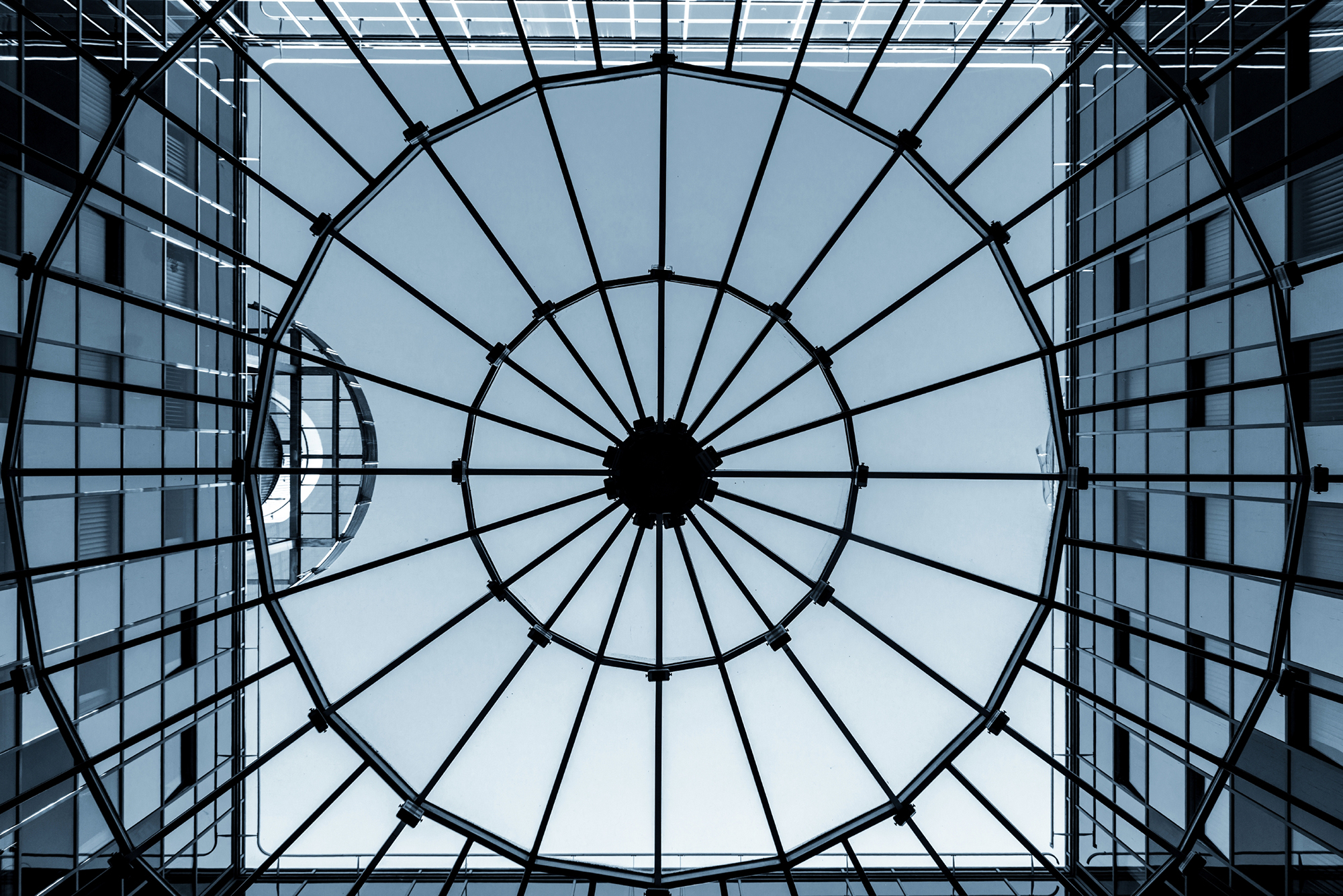A revisit of ‘The new industrial strategy for Europe’ is urgently needed after the COVID19 outbreak
An EU recovery programme to boost Europe’s industrial base and meet the New Green Deal ambitions
This position paper from Glass for Europe was initially meant to provide input to European decision-makers at the time of fine-tuning and activating Europe’s new industrial strategy, ‘A New Industrial Strategy for Europe’, COM (2020) 102 final, dated 10 March 2020.
While Glass for Europe’s initial assessment of this strategy was that of a promising start, despite a lack of concrete action in some key areas with adequate sequencing, the reality is that this strategy is unexpectedly and sadly outdated already.
The COVID-19 outbreak is an urgent health and sanitary crisis that Europe must confront with all its strength. One must recognize that with it comes huge economic impacts dangerously weakening Europe’s economy and many of its industrial sectors. The sudden reduction in demand and production in certain sectors is likely to have long-lasting impacts with high risks of many companies going bankrupt (See next page for impacts in the flat glass sector). This could trigger a downward spiral of the economy with rising unemployment; a situation which could be worsened by similar trends observed across most major economies worldwide.
Against this background, Europe’s economic and industrial response cannot remain based on an industrial strategy elaborated before the crisis, without taking stock of the new economic conditions.
At the same time, it is Glass for Europe’s belief that the European Union should not abandon its goals of becoming a climate-neutral continent by 2050 thanks to an EU industrial base ‘becoming greener and more digital, while remaining competitive on global stage’. An EU recovery programme will be required and it must be climate-compatible: a massive renovation of ageing buildings, support for clean mobility transition and increase in the share of solar energy.
With these objectives in mind, Glass for Europe would like to make suggestions for a revisited EU industrial strategy, which triggers a virtuous cycle of decarbonisation thanks to concrete actions and their adequate sequencing (See next page on a virtuous cycle of decarbonisation). The flat glass sector manufactures the high-performance Insulating Glazing Units (IGUs), automotive glazing and other products, such as solar-energy glass, which are non-substitutable materials indispensable for Europe to meet its ambition of climate-neutrality. It remains fully committed to work in this direction.
Beneath headline targets and objectives, a proper assessment of Europe’s industrial state and strength as well as properly sequenced and concrete actions are needed for a fit-for-purpose industrial strategy to support Europe’s economy and society while meeting climate aspirations.
The scale of COVID-19 economic impacts on Europe’s flat glass sector(Last update – July 2020) The outbreak of COVID-19 and subsequent lockdown measures put in place throughout Europe has plunged Europe’s flat glass sector in a crisis of an unprecedented magnitude. Sudden and tremendous reduction in demand and production were witnessed during the lockdown periods:
Impacts of the COVID-19 pandemic go well beyond the lockdown periods. While the economy is restarting in some sectors, today’s level of activity in flat glass remains low, with major uncertainties for the months ahead:
|
A virtuous cycle of decarbonisation for a revisited industrial strategy
The proposal for a ‘virtuous cycle of decarbonisation’ formulated below is based on both the need for an economic rebound after the COVID19 crisis and the proposals contained in Glass for Europe’s publication “2050 Flat glass in Climate-neutral Europe”, which was released in January 2020.
To Glass for Europe’ views, the way forward is a recovery package that effectively supports Europe’s climate agenda and boosts activity in European sectors most affected by the crisis.
1 – Immediate measures to safeguard most impacted industries and their value-chains
- To accompany companies’ efforts in ensuring health and safety in all their activities to combat the spread of the virus and to safeguard Europe’s industrial equipment.
- To ensure a minimum level of economic activity in all sectors of the economy when precautionary measures are in place to facilitate a future recovery.
- To ease companies’ adaptations to this exceptional situation in terms of administration, access to temporary unemployment, letters of credits, etc.
More information on COVID19 & the flat glass industry is available in this Glass for Europe paper.
2 – Short term measures to activate an economic rebound
Europe will most likely enter an economic crisis impacting its real economy with a sudden and tremendous reduction in demand in certain sectors, including construction and automotive among others. Not all sectors will be impacted in the same proportions hence the need for a targeted response:
- To evaluate the impacts of this crisis on the different sectors and Europe’s industrial base with a high degree of granularity to design a targeted recovery plan.
- To massively inject liquidities into the economy, to safeguard most endangered industrial value-chains, including the millions of SMEs, heavily affected in the flat glass industry.
- To design a recovery plan that prioritizes the launch and financing of a massive renovation wave to support recovery in the construction sector and the transformation towards a climate-neutral building stock.
- To mainstream carbon avoiding products, such as triple and high-efficiency double glazing, including by way of revisited mandatory performance requirements so that any rebound in demand positively influences consumption patterns towards greater sustainability.
- To carefully consider and eventually postpone by a few years new legislative proposals when post-crisis impact assessments show that the proposed measure brings marginal benefits yet major adverse impacts on those industries already seriously injured by the crisis.
3 – Medium term measures
It is thanks to a robust support to demand and European production of carbon-avoiding products, that the next phases of the ‘virtuous decarbonisation cycle’ will become economically and socially sustainable. The below phases of such cycle are presented in Glass for Europe’s publication:
- To develop the climate friendly infrastructures, such as waste management facilities, supply and distribution of low-carbon energy sources, carbon and capture facilities.
- To develop mechanisms to nurture the competitiveness of Europe’s industries supplying carbon avoiding products and solutions.
- To attract industrial investments in capacity and low-carbon manufacturing solutions.
- To reward innovations in clean technologies and products, with targeted R&D support and regulatory instruments rewarding carbon-avoiding products and solutions.
***
[1] Representing 80% and 15% of the flat glass production respectively.
[2] Data coming from different sources such as CLEPA, ACEA, LMC Automotive.




